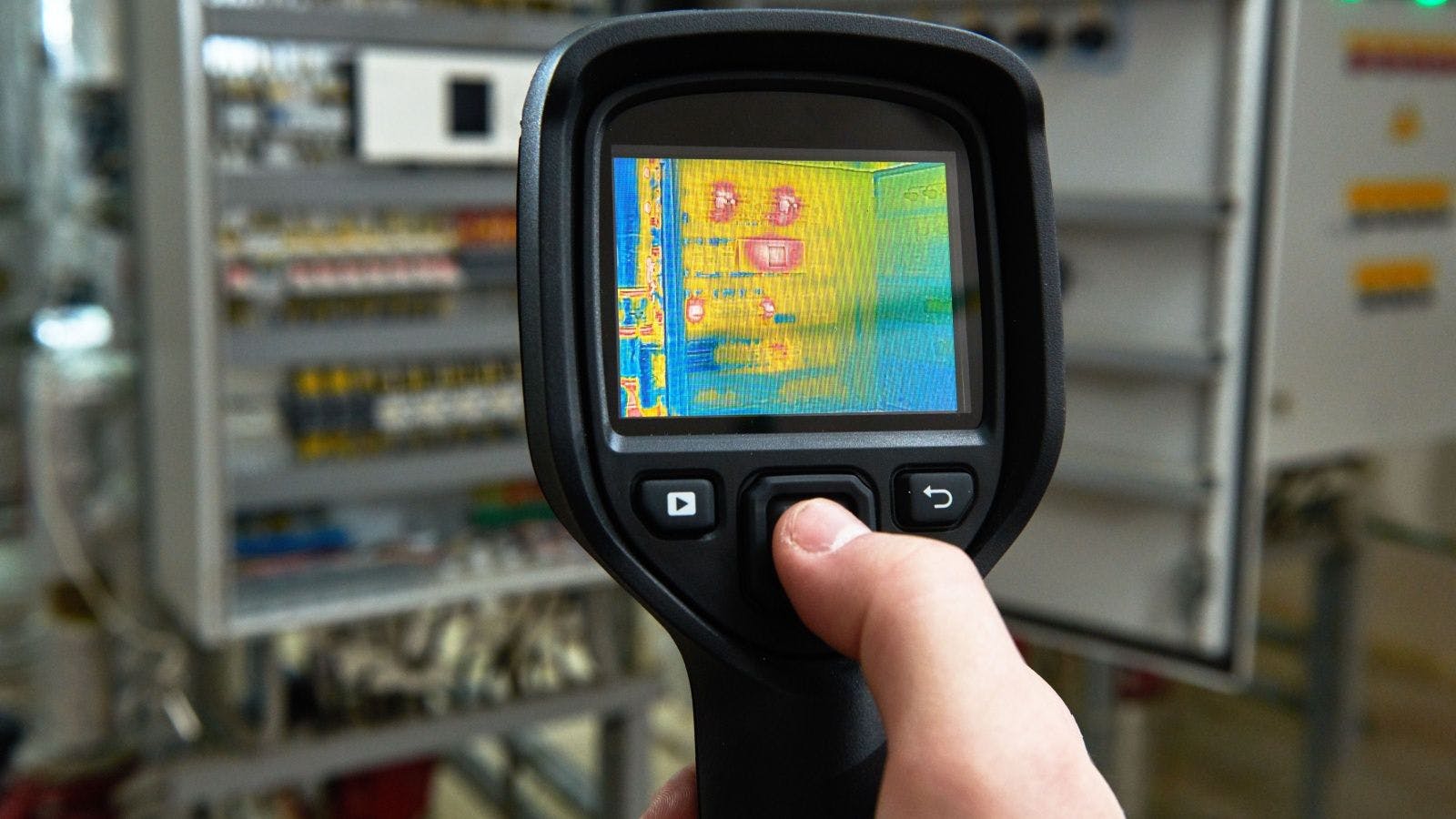
Mobile, Connected and Data Driven: Are Heavy Construction Contractors Missing Out?
Heavy construction companies are realizing that software and mobile capabilities can help them operate more efficiently, manage costs and connect workflows. Still, many stop short of investing and continue to miss out on the potential of those technologies. Those are key findings from Mobile, Connected and Data Driven: 2018 Tech Trends Survey conducted by Dodge Data & Analytics in partnership with B2W Software.
The survey asked contractors specializing in heavy construction in the U.S. and Canada to weigh in on the value of various technologies, how they are using them today and how they plan to use them going forward in operational processes ranging from data capture and analysis and cost management to safety, fleet maintenance, scheduling and dispatching.
Contractors indicated that software and mobile capabilities were helping them and would continue to help them in all of these areas. However, there were some interesting discrepancies between theory and practice. Some of the feedback also indicated that construction companies may not fully appreciate the potential of technology.
Mobile is everywhere, but underutilized
Tablet and smartphone use on the jobsite has exploded in recent years. All but one percent of the respondents use mobile devices in the field as part of the construction process. However, the survey indicates that they may not realize the full potential of the mobile revolution.
As expected, access to data and improved coordination among team members were cited as the top benefits of mobile technology, with the ability to get performance data from the field and increased field staff productivity also ranking high.
When asked about workflows that would be impacted by mobile technology in the next two years, however, fewer than 30 percent listed resource scheduling and dispatching, safety and equipment maintenance. That is surprising, given the obvious potential for mobile capabilities to improve those workflows.
Data from the field is essential but elusive
Heavy construction contractors were asked whether getting more accurate and more timely data on project performance could help them keep those projects on schedule and on budget. Seventy five percent strongly agreed or agreed, while only four percent disagreed.
Offline paper-based processes, a lack of structures or standards for data, and ineffective software applications were listed as the top barriers to getting information on productivity, labor and equipment hours, and safety.
Purpose-built mobile applications offer obvious advantages, but paper and spreadsheets remain prevalent. Only 33 percent of the contractors surveyed use mobile applications for safety, with the figure jumping to just 47 percent for productivity tracking and 50 percent for labor and equipment hours. As a result, the typical lag time between when information is captured in the field and when it is available in the office is a barrier. Less than 50 percent of the contractors get data on productivity, labor or materials on a daily basis.
Mobile Could Improve Cost Management
Managing project costs is obviously important for contractors. Mobile applications, mobile devices, real-time connectivity and data analytics ranked as top technologies with the potential to impact this challenge. GPS, telematics, machine automation and drones also scored at or close to 100 percent when contractors were asked how likely these technologies were to improve cost management in the next two years.
However, contractors are not planning to invest at levels that would allow them to take advantage. Fifty-two percent plan to invest in mobile apps over the next two years. Close to 40 percent expect to invest in telematics, cloud/web connectivity and drones. The numbers drop off precipitously after that for expected investment in machine automation, data analytics, augmented or virtual reality, and sensors.
Big Potential in Equipment Maintenance
Contractors in the survey are managing large fleets. More than 75 percent reported 50 or more assets, and the mean average was nearly 250.
Holding the cost of maintaining those fleets to approximately five percent of revenues is an established best practice benchmark, but only 20 percent of the contractors surveyed were hitting that target, and 35 percent indicated they did not know or did not track that figure.
Paper and spreadsheets are still the predominant tools for managing these fleets, but technology could help. Between 60 percent and 70 percent of contractors said specialized maintenance management software could be very important or extremely important in helping them improve preventive maintenance, inspection and work order management processes. At the same time, just 30 percent currently use specialized maintenance management software, and only 34 percent indicated they plan to invest in that area in the next two years.
Related stories








